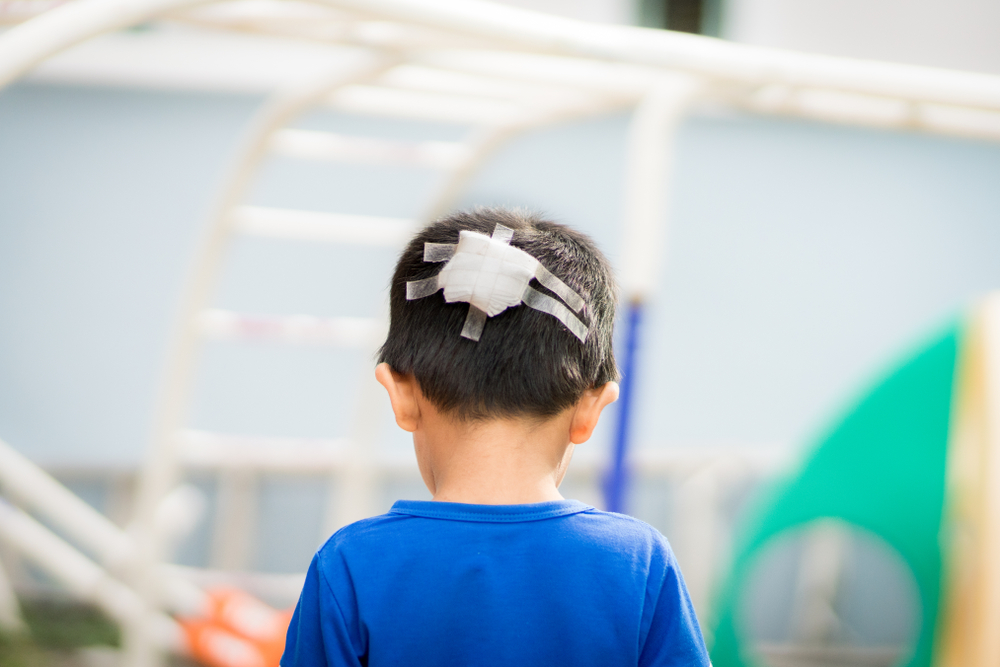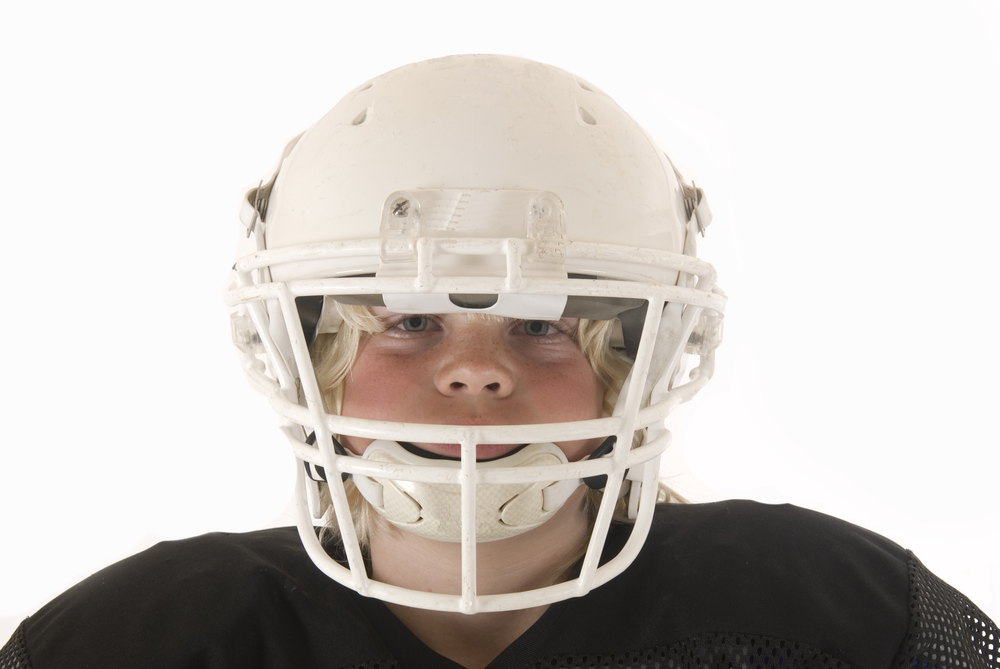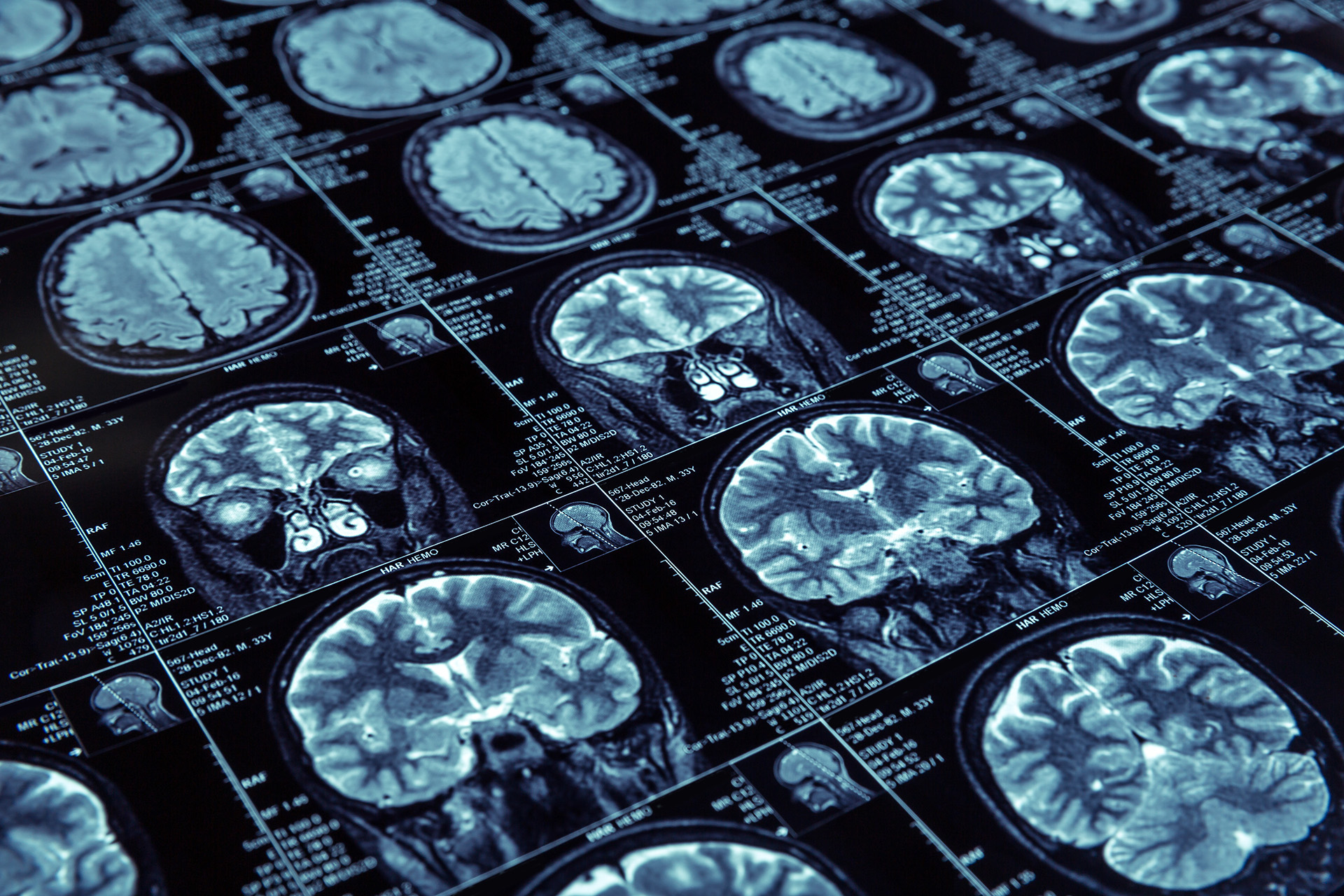
Want to increase brain energy? Try these 5 simple breakfast recipes!
July 31, 2019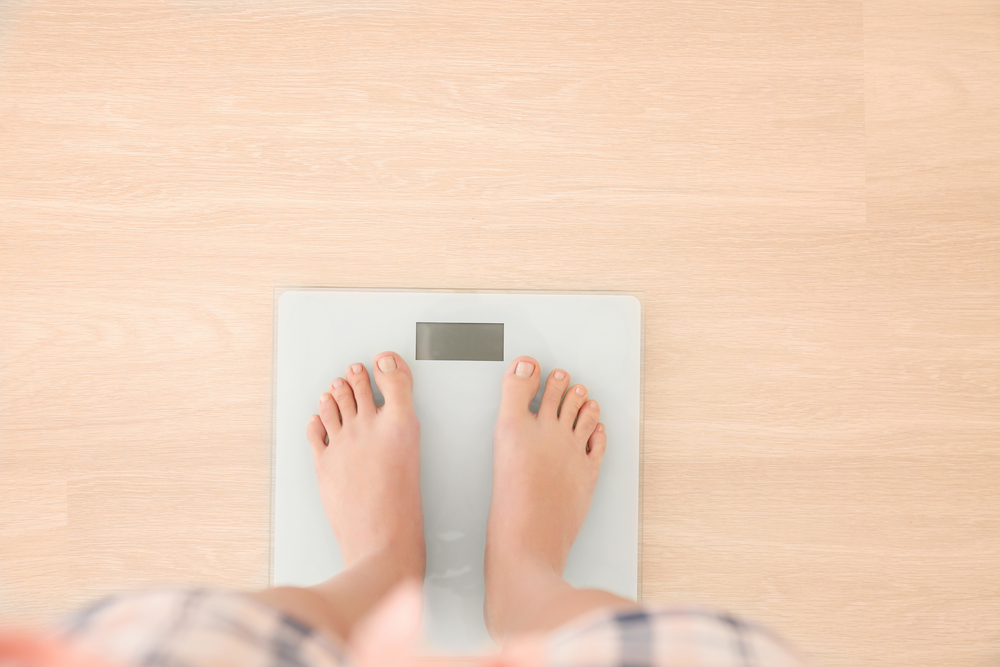
Resolved: Stop the Fads and Lose the Weight This Year
January 10, 2020Article by Susannah Wollman
As school begins again, many athletes in youth sports are already in the swing of things, training both before and after school. And parents are wondering if allowing their child to play sports is a good idea.
The good news
Participating in youth sports is a good way for kids to practice life. The social skills that arise from teamwork is relevant to all people, not just athletes. Opportunities present themselves to develop not only teamwork, but leadership, self-discipline, coping skills and self-confidence. And of course, good sportsmanlike behavior is a given. Respect for authority is nurtured as kids learn to follow their coach’s rules and instructions. One survey of schoolroom behavior revealed that as a result of the discipline and work ethic required of athletes, those participating in sports were better behaved and had better grades. Not only are kids involved in physical activities more likely to do better overall in school, they are also healthier than children who spent more time online than outside.
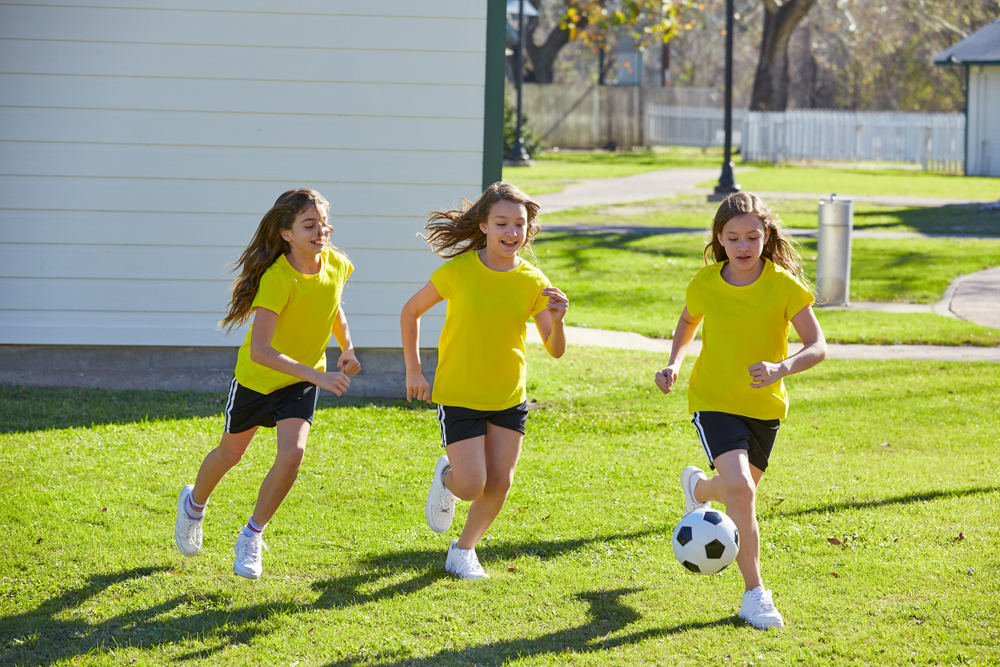
It’s not all good news
Last year in youth sports and recreational activities there were a reported 3.8 million concussions. Reported. A concussion is a traumatic brain injury (TBI). That means that some kids are suffering traumatic brain injuries and are not being treated by medical personnel. But that’s not necessarily a bad thing. A concussion doesn’t automatically mean you should rush your child to the emergency room.
So what exactly is a brain injury? Since the brain is made of soft tissue, a cushion of spinal fluid allows it to move around without constantly bumping into the hard skull. When a person is hit on the head or even hit on the body, sometimes the resulting movement of the head may cause the brain to move too fast and too hard, colliding with the skull. This can lead to injury, such as bruising of the brain or damage to nerves and blood vessels.

What to do if you suspect your child has suffered a concussion
Recognize the symptoms
There are four areas you need to check.
- Physical symptoms — these include headache, nausea and vomiting, balance or vision problems, and fatigue.
- Cognitive symptoms — feelings of fogginess or grogginess are common, as is confusion. Loss of memory can indicate a more serious injury.
- Emotional symptoms — irritability, sadness, or nervousness can be expected.
- Sleep symptoms — feeling drowsy or wanting to sleep more than usual often accompany a concussion. Some children, however, may be bothered by difficulty falling asleep or staying asleep.
Any deviation from the child’s normal personality or behavior is worth a trip to the doctor.
Myths about concussions
If my child didn’t lose consciousness, he (or she) didn’t have a concussion.
Not true. Concussions often occur without loss of consciousness. Don’t have your child “tough it out” until the end of the game. An athlete with a concussion won’t be able to fully participate in the game, and it’s not “letting the team down” to take a break due to an injury.
It’s okay to take a short break and then get right back in the game.
Also not true. Most pediatricians recommend that all athletes who sustain concussions should be restricted from physical and cognitive exertion until they no longer have symptoms. This means no homework, video games, computers, or TV, as well as no running around and being active.
Getting right back in the game greatly increases a child’s risk for Second Impact Syndrome. This is a rare condition that happens when a second concussion occurs before the first one has completely healed. Rapid and severe swelling of the brain follows with often catastrophic results that can lead to death. Although rare, it’s not worth your child’s life.
It’s only a headache
After an injury that causes a headache, concussion should be suspected. A medical provider can determine if a headache is a symptom of a concussion or not. Youth sports have emergency providers at every game, but not at all practices. TBIs can happen during practice, too.
If my child has suffered a concussion, I have to take him to the emergency room immediately.
Actually, you may just need to monitor the symptoms. For the first 24-48 hours after the injury, keep a close eye on the child. Most concussions received in youth sports are mild, but it’s always possible for complications you can’t see come to light hours or even days after the incident. If you’re in the least doubt, take your child to the hospital. A brain bleed can be fatal.
Recovery from a concussion can take weeks or even months
This is true, although symptoms usually resolve in 7 – 10 days. Don’t let your child go back to a normal routine until all symptoms are completely gone, when at rest as well as when exercising.
After a concussion, you must keep your child awake
Not true. You don’t have to keep your child awake. Let her sleep, but check every 2 hours for the first 24 hours after a brain trauma. Complications will generally show up in that amount of time. Check her eyes to make sure her pupils are equal and reactive. Ask her where she is and what happened. Watch for signs that she’s not acting normally.
Don’t give medicine to a child who has had a brain trauma
Not exactly true. It’s okay to give acetaminophen (Tylenol) but avoid all NSAIDs (like ibuprofen, Advil, or Aleve) because of the danger of bleeding. After 24 hours or when your pediatrician says it’s okay, you can use these.
For more information
American Academy of Pediatricians

If you are concerned about a possible concussion, America’s ER is open 24/7/365 with no appointment necessary for both urgent and emergency care. We offer in-house digital CT, x-ray and ultrasound with fast results to get your child back in the game.

